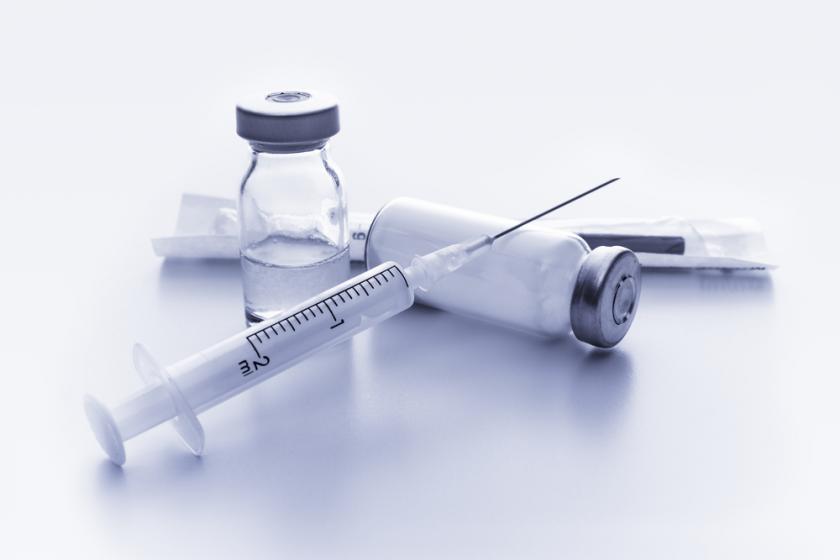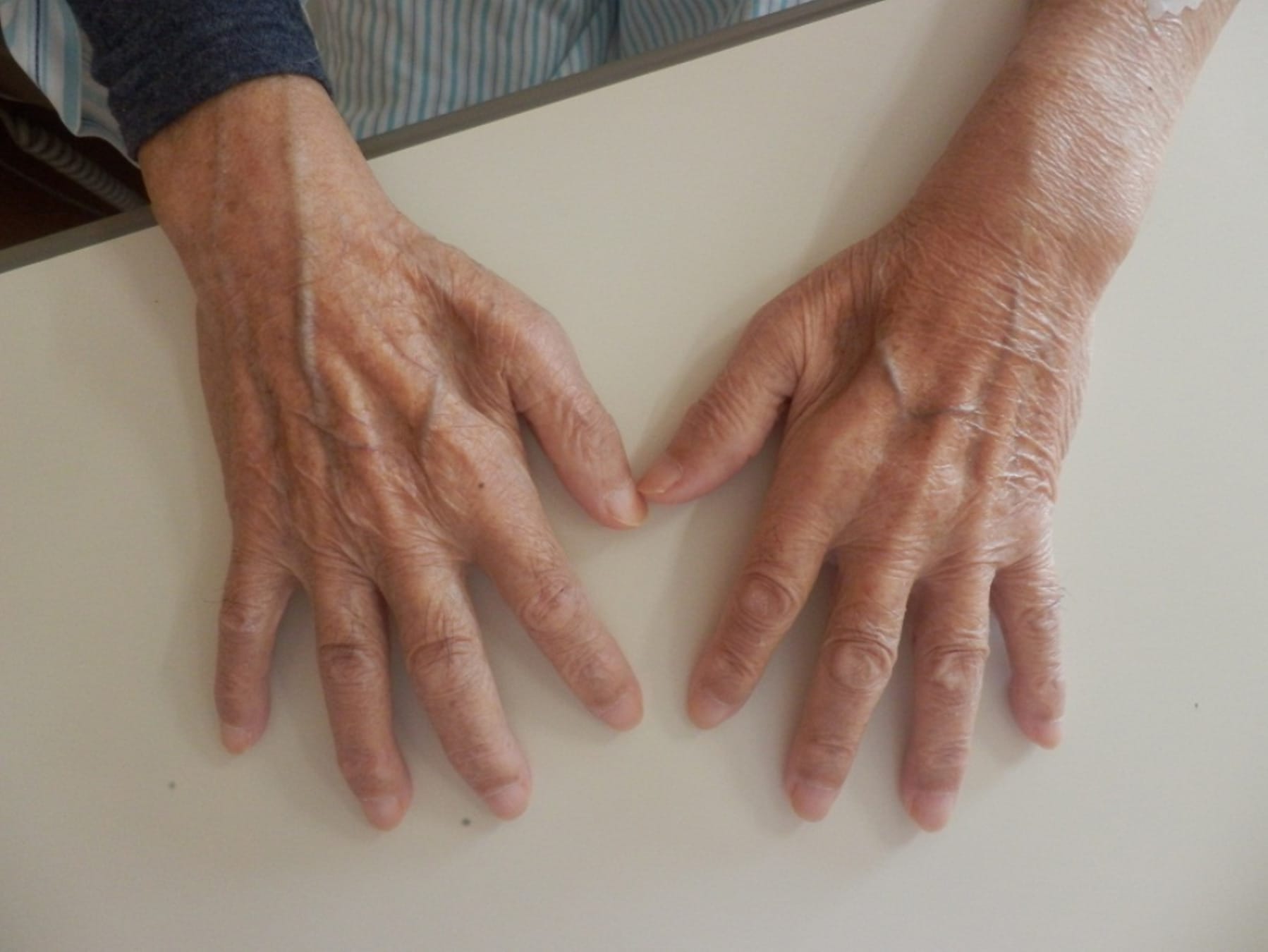Cerebral Palsy (CP) and Related Conditions
- admin
- Medical services
The Impact of Regenerative Drugs on Patients with Cerebral Palsy (CP)
Abstract:
Cerebral Palsy (CP) is one of the most common neurological disorders in childhood, caused by abnormal brain development or brain damage during the prenatal period or early infancy. Traditional treatments mainly focus on symptom control and provide limited improvements in structural neural function. In recent years, regenerative drugs aimed at repairing neural tissue and enhancing motor and cognitive function have brought new hope to patients with CP.
Introduction:
Cerebral Palsy is a group of permanent movement and posture disorders resulting from non-progressive damage to the developing brain. These disorders may present with symptoms such as muscle stiffness (spasticity), involuntary movements, poor balance, muscle weakness, and speech and cognitive impairments. Common treatments include physical therapy, occupational therapy, antispasmodic medications, muscle surgeries, and assistive devices. However, these interventions are primarily supportive rather than restorative.
Regenerative Drugs and Their Mechanisms of Action:
Regenerative drugs are a class of medications designed to:
Repair damaged neurons
Stimulate neuronal growth
Reduce neuroinflammation
Enhance synaptic function
They may include:
Neurotrophic factors (e.g., NGF, BDNF)
Neuroprotective anti-inflammatory agents
Compounds that promote neurogenesis (the formation of new neurons)
Nanoparticle-based drug delivery systems capable of crossing the blood-brain barrier
These therapies aim to improve neural connectivity, increase brain plasticity (neuroplasticity), and enhance motor function.
Clinical Outcomes and Experimental Studies:
Early studies in animal models and several clinical trials in children with CP have shown that regenerative drugs may lead to:
Reduction in Muscle Stiffness and Spasticity
Improved muscle tone in both upper and lower limbs
Greater range of motion
Reduced reliance on traditional antispasmodic drugs
Improved Motor Skills and Balance
Increased ability to stand, walk with assistance, and in some cases, move independently
Enhanced Cognitive and Language Abilities
Improved concentration, speech, and learning skills when used alongside neural stimulation
Reduced Brain Inflammation and Oxidative Stress
Potential slowing or halting of secondary brain damage progression
Challenges and Therapeutic Considerations:
Response to regenerative drugs may vary depending on factors such as the patient’s age, severity of brain damage, CP type (spastic, dyskinetic, ataxic), and the brain’s neuroplasticity potential.
Treatment must be combined with active rehabilitation (physical, occupational, and speech therapy) for optimal results
Long-term safety and potential side effects of certain regenerative drugs are still under investigation and require further research
Conclusion:
Regenerative drugs represent a promising and innovative approach in the treatment of patients with Cerebral Palsy. By acting directly on the central nervous system, these drugs have the potential to significantly improve patients’ movement, speech, and cognitive abilities. Although still in the developmental and clinical trial phases, the future of regenerative medicine in CP offers great hope for improving patients’ quality of life.




